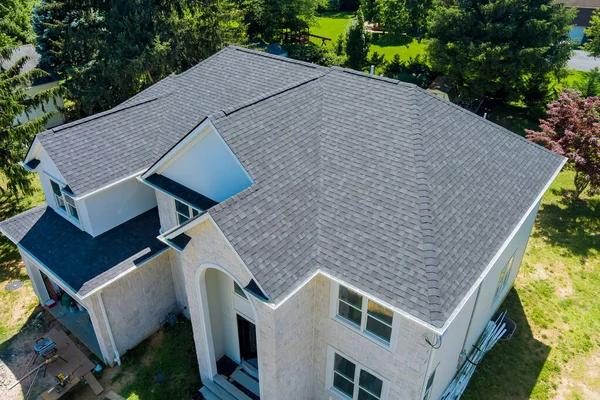Pest problems can be a major nuisance for homeowners and businesses alike. These unwanted pests can cause damage to property, contaminate food, and spread diseases. In addition, dealing with pest infestations can be costly and time-consuming. That is why it is essential to have effective management techniques in place to prevent and control pests.
One of the most important aspects of pest management is prevention. By taking proactive measures, you can avoid potential infestations before they even occur. This includes keeping your environment clean and clutter-free, sealing any entry points where pests could enter, and properly storing food items to avoid attracting them.
In addition to prevention, regularly scheduled inspections are crucial in identifying early signs of an infestation. This allows for quick action to be taken before the situation escalates. Hiring a professional Pest controller control service or conducting regular self-inspections can help catch any issues early on.
Another effective management technique is using natural methods for pest control instead of relying solely on chemical pesticides. These natural methods are not only safer for humans and pets but also have minimal impact on the environment. For instance, introducing predators or parasites that feed on specific pests can help keep their population under control without causing harm.
Proper waste management also plays a significant role in minimizing pest problems as garbage often attracts various types of insects and rodents. Ensuring that trash bins have lids that seal tightly will prevent pests from accessing waste materials as a source of food.
Educating yourself about common types of pests in your area and learning their behavior patterns will also aid in effective management techniques. Understanding what attracts certain species allows you to take preventive measures accordingly.
When facing an active infestation, integrated pest management (IPM) techniques should be implemented rather than relying solely on chemical pesticides as they may pose health risks if not used correctly by professionals trained in their application according to label directions.
IPM involves multiple steps such as setting traps or baits strategically, using physical barriers to prevent pests from entering the building, and eliminating food sources. This method aims to address the root cause of the infestation instead of just treating its symptoms. It is a more long-term and sustainable solution to pest management.
Along with these techniques, maintaining good hygiene practices is crucial not only for preventing pests but also for overall health. Regularly cleaning and disinfecting areas where pests are likely to gather can significantly reduce their population.
In conclusion, pest problems can be effectively managed through a combination of proactive prevention measures, regular inspections, natural control methods, proper waste management, education about different pests and their behavior patterns, and implementing integrated pest management techniques. By taking these steps seriously and being vigilant in your actions, you can keep your property free from unwanted visitors while promoting a healthy environment for yourself and others around you.











